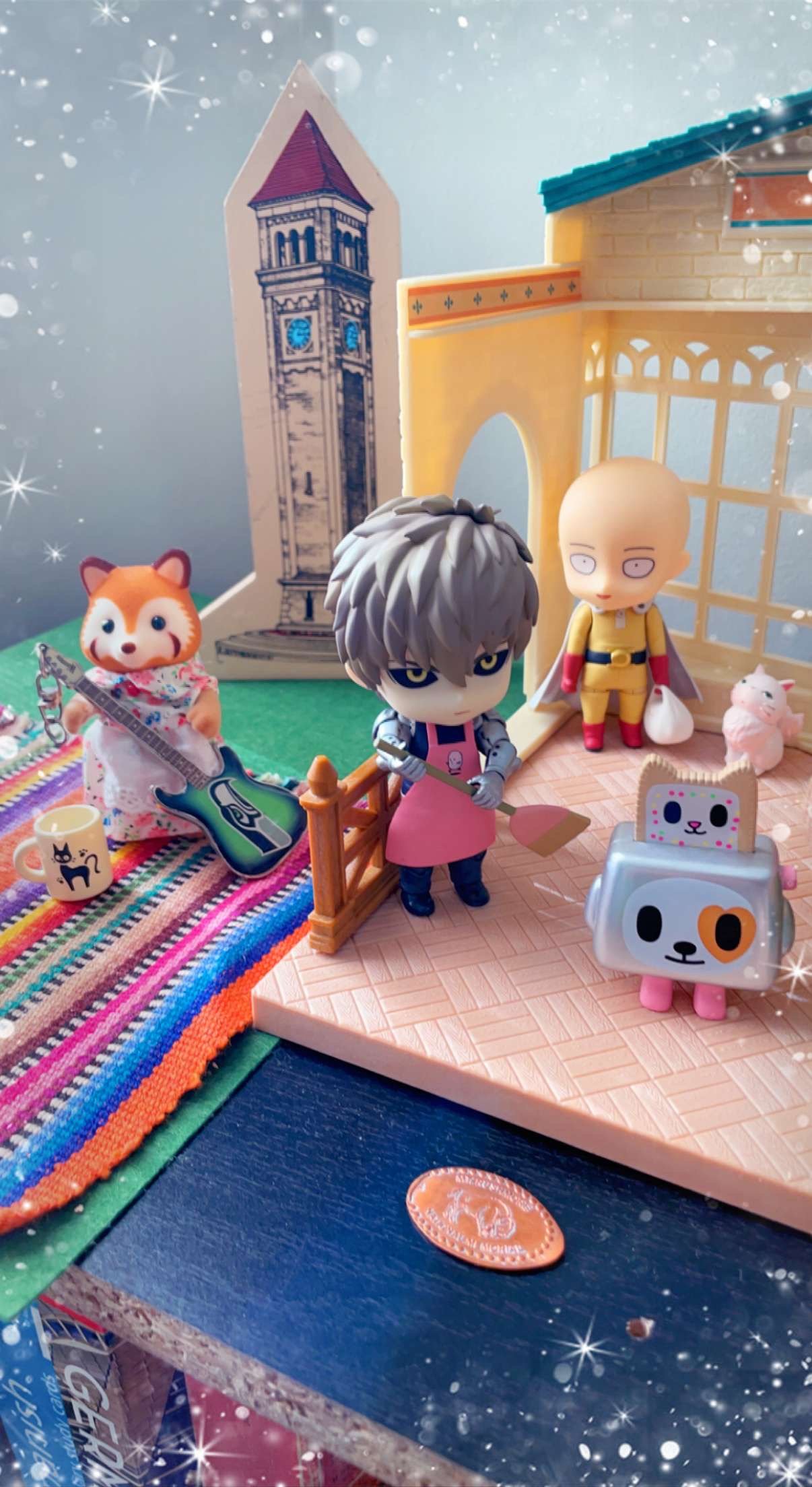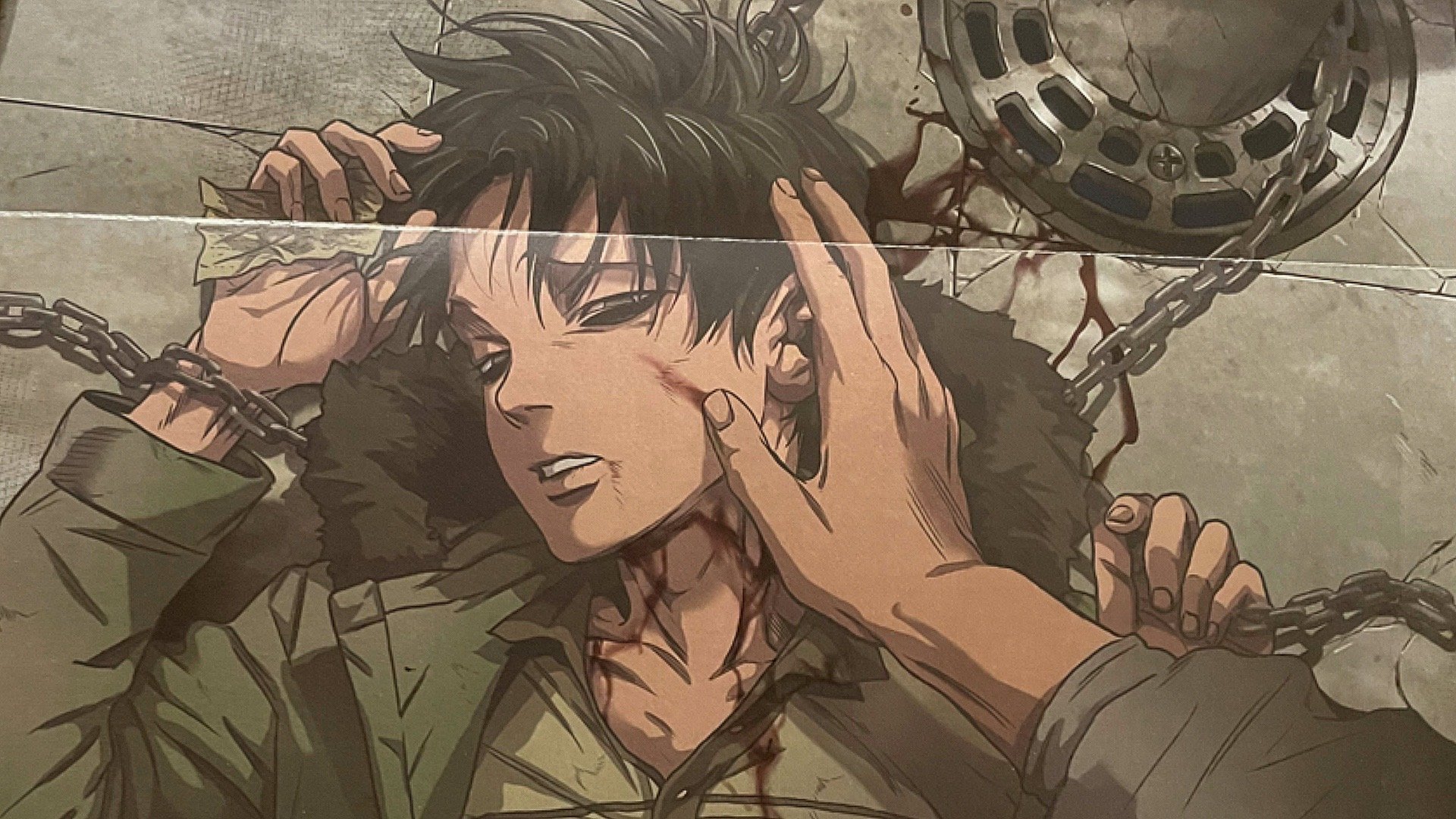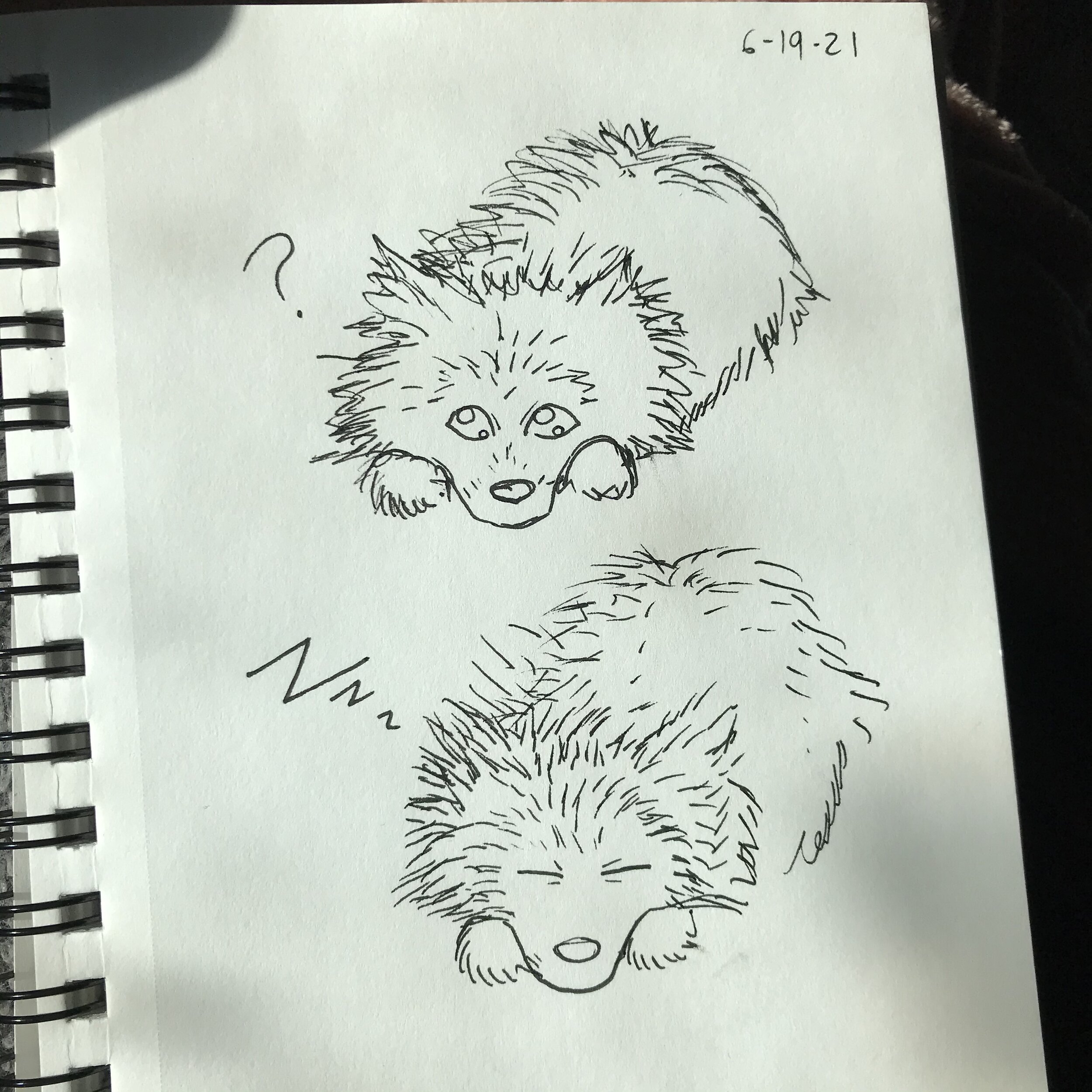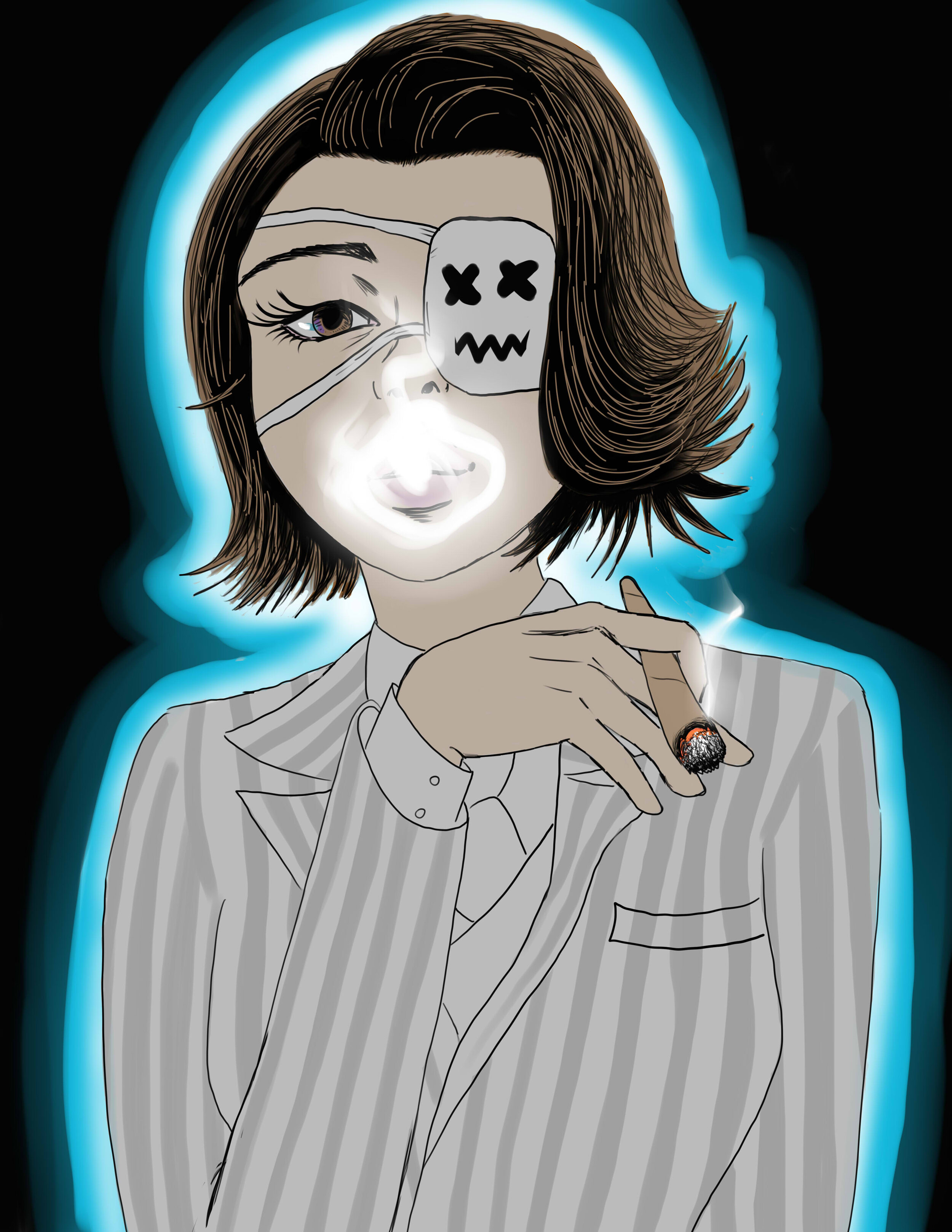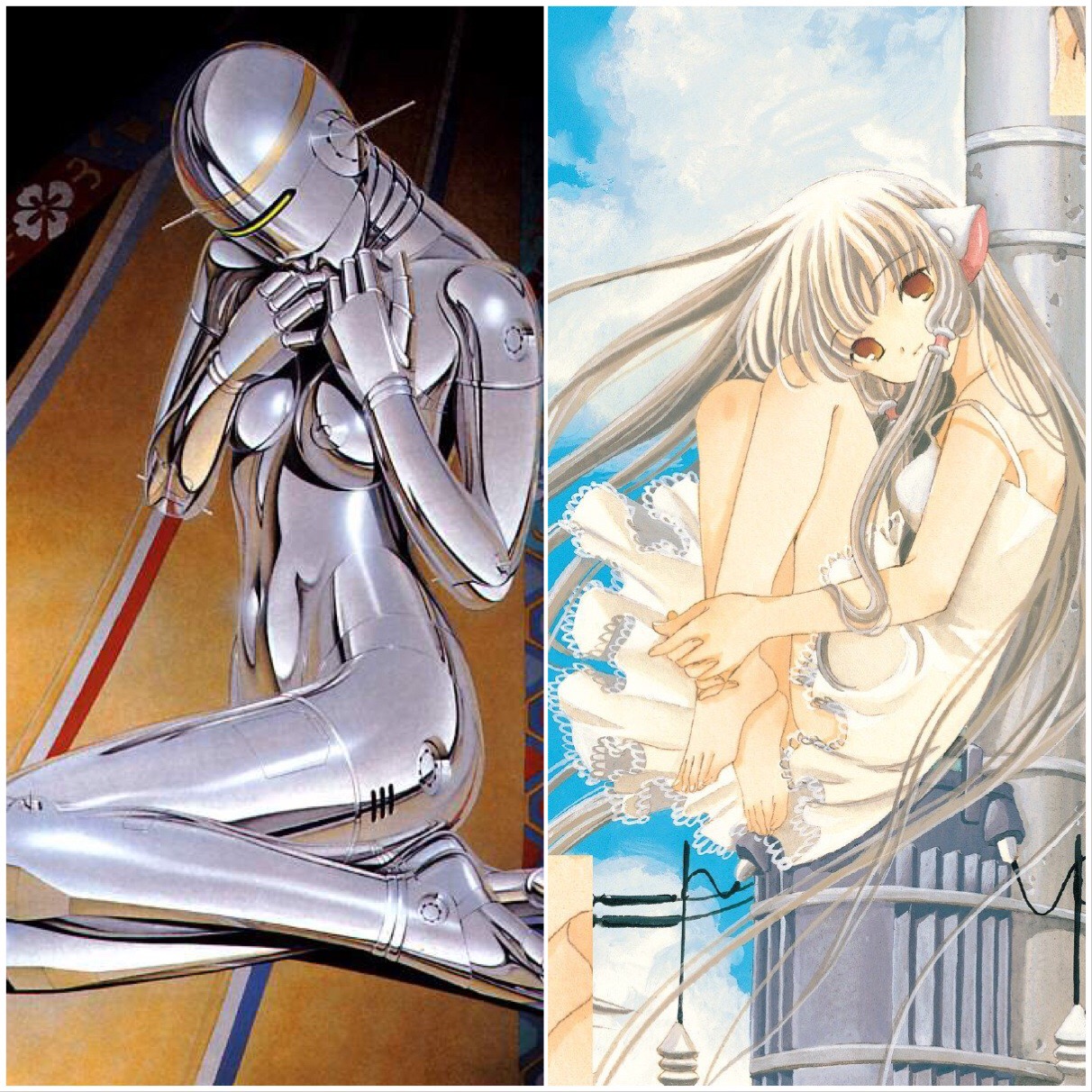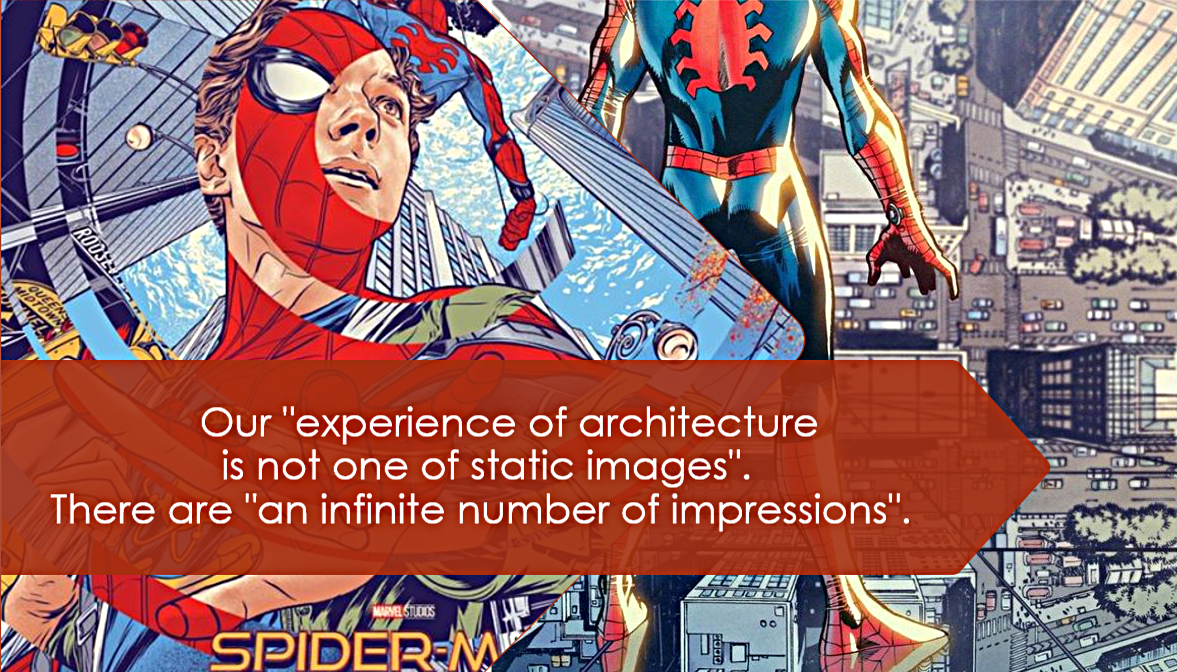In conclusion, doing research of symbolism involving androids, cyborgs, and robots to create a graphic novel that includes Native American women and androids is stressful, but in a good way. The concept of Native American science fiction is an anomaly in itself because it is subversive to say that Native Americans are the future. There’s a list of things that I need to keep myself aware as I write this story. I have to avoid the patriarchal narrative that imagines women being replaced with robot humanoids that will overthrow mankind. I am acknowledging that American comic publishers Marvel and DC have a long history of centering white men. I’ve learned that DC’s tokenized character Cyborg has connections to anti-blackness and hyper-sexualized racism. It’s clear to me that queer identity has connections to comics through symbolism of the character that feels like an outsider. I would argue that Native Americans are often given an outsider status through colonialism and that is my connection to American comics. Nationality and war have influenced Japan’s science fiction in a specific way. Gynoid is a sexualized term when android isn’t because women are sexualized in a dehumanizing way.
Other aspects to consider for science fiction are escapism and invention through fantasy. Then there is the question whether art can be both representation and a method for healing. I had to consider Western and Indigenous definitions of art and what that means for my comics. My decisions and theories will influence my future and possibly the future of science fiction.
Works Cited
Attebery, Brian. Decoding Gender in Science Fiction. New York: Routledge, 2002. Print.
Beavert, Virginia, and Deward E. Walker. The Way It Was: Anaku Iwacha : Yakima Legends. Yakima, Wash.: Franklin Press, 1974. Print.
Foucault, Michel, and James D. Faubion. Power. , 2000. Print.
Hazareesingh, Sudhir. How the French Think: An Affectionate Portrait of Intellectual People. New York: Basic Books, 2015. Print.
Leuthold, Steven. Indigenous Aesthetics: Native Art, Media, and Identity. Austin: University of Texas Press, 1998. Print.
Macdonald, Andrew, Gina Macdonald, an MaryAnn Sheridan. Shape-shifting: Images of Native Americans in Recent Popular Fiction. Westport, Conn: Greenwood Press, 2000. Print.
Martin, Diana, and Mary Cropper. Fresh Ideas in Letterhead & Business Card Design. Cincinnati, Ohio: North Light, 1993. Print.
McCloud, Scott. Understanding Comics: [the Invisible Art]. New York: HarperPerennial, 1994. Print.
Metropolis. Dir. Fritz Lang. Perf. Brigitte Helm, Alfred Abel, and Gustav Frohlich. Universum Film, Paramount, 1927. DVD.
Penny, Laurie. “Why Do We Give Robots Female Names? Because We Don’t Want To Consider Their Feelings.” New Statesman America. 22 April 2016. Web.
https://www.newstatesman.com/politics/feminism/2016/04/why-do-we-give-robots-female-names-because-we-dont-want-consider-their-
Sheyahshe, Michael A. Native Americans in Comic Books: A Critical Study. , 2008. Print.
SonofBaldwin. "Humanity Not Included: DC’s Cyborg and the Mechanization of the Black Body." Middlespaces. Wordpress, 31 Mar. 2015. Web.
https://themiddlespaces.com/2015/03/31/humanity-not-included/
SPRC: Suicide Prevention Resource Center. “Suicide Among Racial/Ethnic Populations in the U.S.: American Indians/Alaska Natives.” Fact Sheet/Issue Brief, Education Development Center, Inc., 2013. Web.
Wilson, Stephen. Information Arts: Intersections of Art, Science, and Technology. Cambridge, Mass: MIT Press, 2002. Print.
Wilson, Stephen. Art + Science Now. London: Thames & Hudson, 2010. Print.


